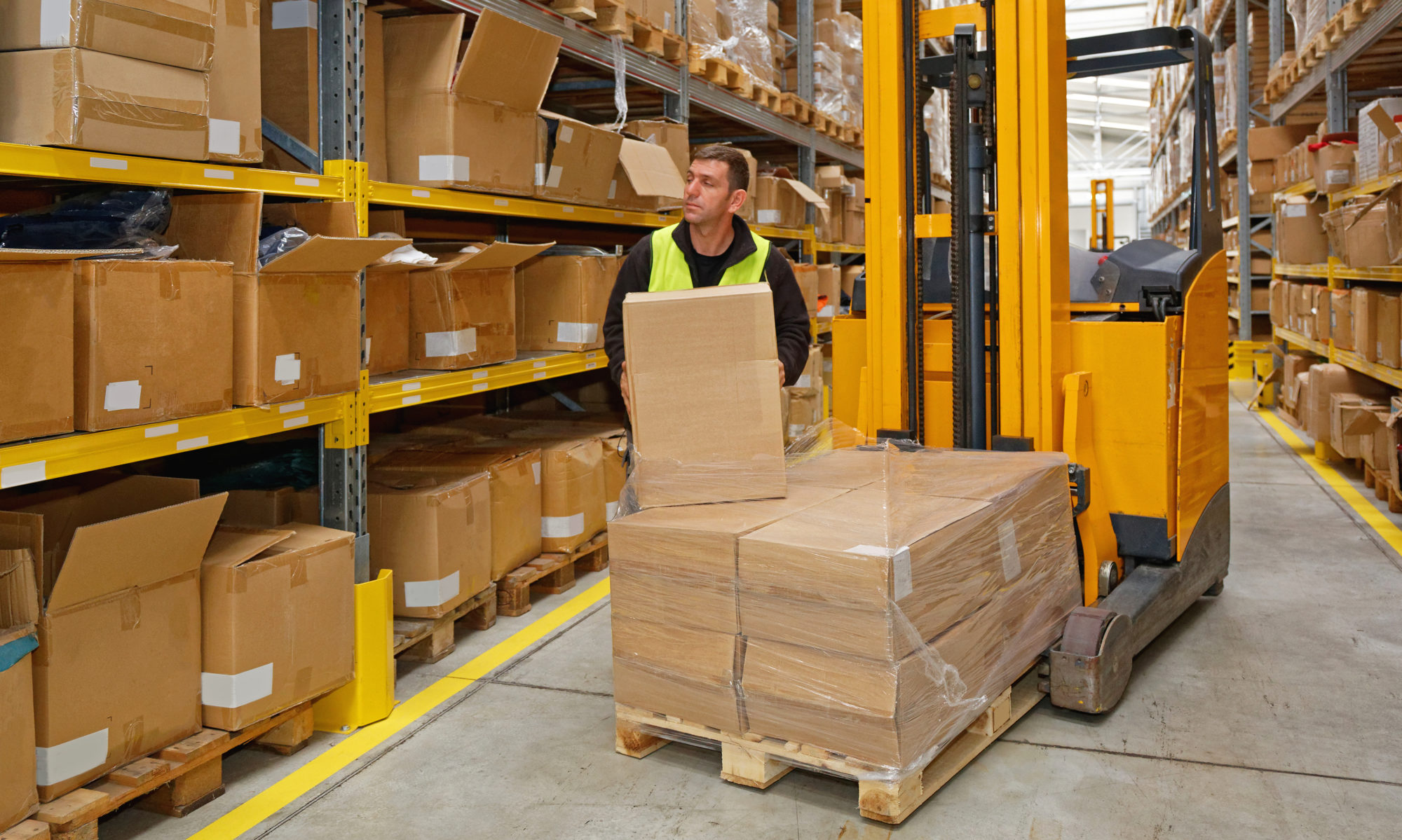Mastering 3PL for Small Businesses and E-commerce Startups
In the ever expanding world of e-commerce, managing fulfillment logistics can be overwhelming for small businesses. Enter third-party logistics (3PL) providers, the unsung heroes that handle everything from warehousing to shipping. Whether you’re a small business owner or an e-commerce startup, this comprehensive guide will help you understand how 3PL services can improve your operations.
What is Third-Party Logistics (3PL) and Why It Matters?
Third-party logistics, or 3PL, refers to outsourcing logistics and supply chain management tasks to external companies. These fulfillment companies manage warehousing, inventory, packaging, and shipping, allowing businesses to focus on growth.
For small businesses, 3PL services offer a lifeline. They provide expertise, infrastructure, and technology that would be costly to develop in-house. This is crucial for businesses with limited resources and those looking to scale efficiently.
In this guide, you’ll discover why 3PL is essential for your business, the services offered, and how to choose the right partner. We’ll also explore the benefits, future trends, and key takeaways for integrating 3PL into your business strategy.
Understanding the Basics: What Services Do 3PL Providers Offer?
A 3PL provider offers a wide range of services designed to streamline your supply chain. Here’s a look at some key services:
Warehousing and Storage
One of the primary services offered by 3PL companies is warehousing. They provide storage solutions tailored to your business needs, whether you require short-term or long-term storage. This eliminates the need for your own expensive warehouse space.
Inventory Management
3PL providers use advanced technology to manage your inventory efficiently. They offer real-time tracking, ensuring you always know your stock levels. This reduces the risk of stockouts and overstocking.
Order Fulfillment
From picking and packing to shipping, 3PLs handle the entire order fulfillment process. Their expertise ensures accurate and timely deliveries, enhancing customer satisfaction. Some even offer customized packaging to create a unique brand experience.
The Importance of 3PL for Small Business
3PL providers offer invaluable support for small businesses and e-commerce startups. They bring expertise, technology, and scalability that can transform your logistics operations.
Make sure to check back next week for part two on Navigating 3PL’s for Small Businesses. Remember, the right 3PL provider is more than just a vendor—they’re a strategic partner in your business success. Contact us your fulfillment warehouse for all your small business needs.





